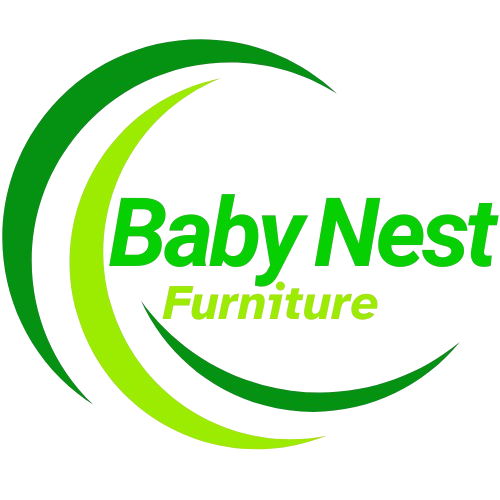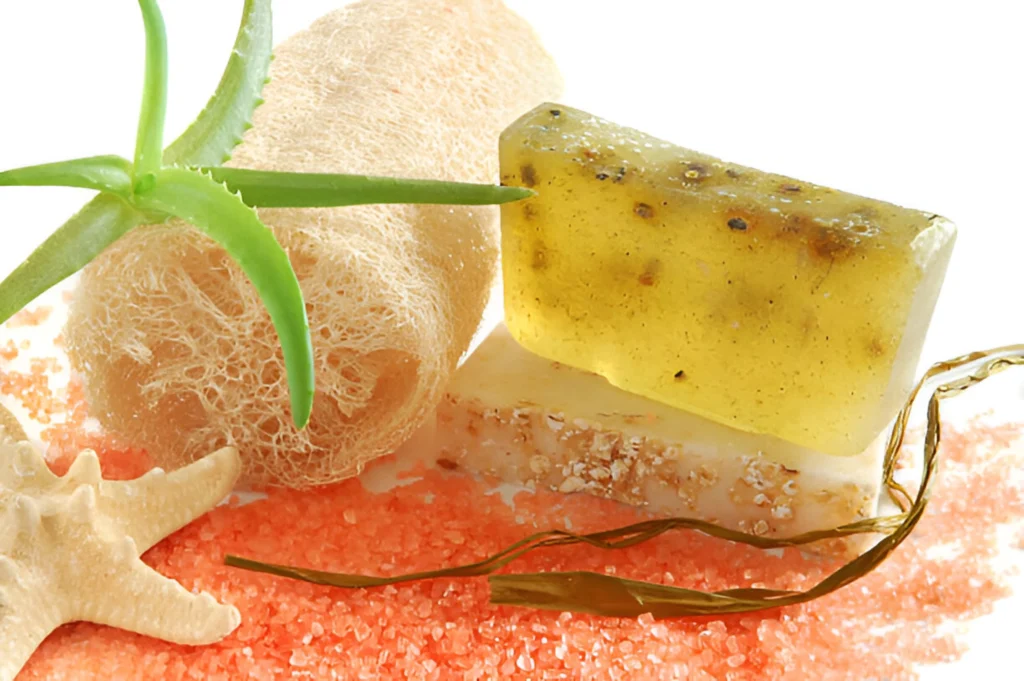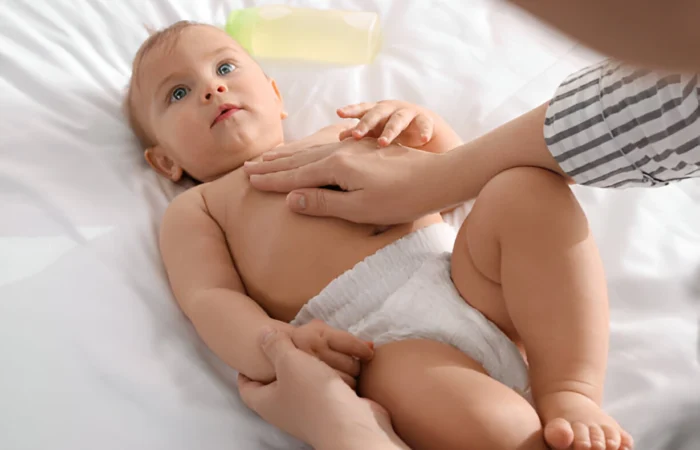Baby skin is incredibly sensitive, and common rashes can be alarming for new parents. From diaper rash to eczema, treating baby skin rashes at home is possible with the right steps. This blog post offers gentle, effective home remedies to treat common baby skin rashes, tips to prevent them, and insights on when to consult a pediatrician. Let’s dive into how you can manage baby skin rashes naturally at home.
Table of Contents
- Introduction: Understanding Baby Skin Sensitivity
- Types of Common Baby Skin Rashes
- Home Remedies to Treat Common Baby Skin Rashes
- Tips to Prevent Baby Skin Rashes
- When to Consult a Doctor
- Frequently Asked Questions
Introduction: Understanding Baby Skin Sensitivity

Baby skin is thinner and more permeable than adult skin, making it vulnerable to irritants, allergens, and temperature changes. Whether it’s diaper rash from moisture exposure or eczema due to allergies, knowing how to treat common baby skin rashes at home can save your baby discomfort and keep their skin healthy.
Types of Common Baby Skin Rashes
1. Diaper Rash
Diaper rash often appears as red, irritated patches on the baby’s bottom or thigh area. This rash is usually caused by prolonged exposure to moisture, friction from diapers, or reactions to products like wipes and creams.
2. Eczema
Eczema (atopic dermatitis) commonly affects babies with sensitive skin or allergies. It appears as red, itchy patches that may ooze or crust over time and typically affects the face, neck, arms, or legs.
3. Heat Rash
Heat rash develops when sweat becomes trapped beneath the skin, often caused by hot weather or wearing too many layers. It presents as small red or pink bumps, typically on areas like the neck, back, and chest.
4. Baby Acne
Baby acne often shows up in newborns, especially on their face and upper chest. These tiny red or white bumps are generally harmless and may resolve on their own.
5. Cradle Cap
Cradle cap is a type of seborrheic dermatitis that shows up as greasy, yellowish scales on the scalp. It is not painful but can be unsightly and cause some discomfort if it becomes severe.
Home Remedies to Treat Common Baby Skin Rashes
Here are some gentle home treatments for each type of baby rash.
Diaper Rash Treatments
- Frequent Diaper Changes: Promptly change diapers as soon as they become wet or soiled to ensure your baby’s comfort. Maintaining a clean and dry diaper area is crucial for keeping their delicate skin healthy and preventing irritation.
- Oatmeal Baths: Add ground oatmeal to a lukewarm bath to soothe the inflamed skin. Oatmeal is packed with natural anti-inflammatory compounds that help soothe irritated skin, effectively reducing redness and calming itching.
- Barrier Cream: Use a diaper cream with zinc oxide to protect the skin from moisture.
- Coconut Oil: Gently massage a small dab of pure coconut oil onto the affected area, allowing its natural healing properties to soothe and nourish the skin. Its natural moisturizing properties create a barrier against moisture.
Eczema Treatments
- Fragrance-Free Moisturizers: After bathing, gently pat the skin dry and apply a thick, fragrance-free moisturizer to lock in moisture.
- Oatmeal Bath: Adding colloidal oatmeal to your bath is a soothing way to relieve itchy, dry skin naturally.
- Cold Compress: A soft cloth dipped in cool water can relieve itching temporarily.
- Hydrocortisone Cream (1%): For mild cases, consult a pediatrician before using this mild steroid cream.
Heat Rash Treatments
- Cool Baths: Give your baby a cool bath with mild soap to open up blocked sweat ducts and relieve the itching.
- Loose Clothing: Keep your baby cool and comfy by choosing soft, airy clothing that allows their skin to breathe.
- Cornstarch: Apply a small amount of cornstarch on the affected area to absorb excess moisture and reduce chafing.
- Avoid Overheating: Keep the room at a comfortable temperature and avoid overdressing your baby.
Baby Acne Treatments
- Gentle Cleansing: Clean your baby’s face with warm water and a mild, fragrance-free cleanser once a day.
- Avoid Lotions or Oils: Baby acne doesn’t require moisturizers, which can clog pores and exacerbate the condition.
- Breast Milk: Apply a small amount of breast milk to the acne-prone areas. The natural antibodies can help reduce inflammation and clear up the skin.
Cradle Cap Treatments
- Gentle Scalp Massage: Use a soft baby brush to loosen flakes and gently massage the scalp.
- Olive or Coconut Oil: Apply a small amount of oil to the scalp, let it sit for a few minutes, and then gently remove flakes with a soft brush.
- Mild Baby Shampoo: Use a mild shampoo to cleanse the scalp and remove any build-up. For optimal skin health, gentle care is key. Gentle cleansing is key—avoiding harsh scrubbing helps prevent skin irritation and the risk of redness.
Tips to Prevent Baby Skin Rashes
- Choose Breathable Fabrics: Cotton and other breathable fabrics allow air circulation, reducing the risk of heat rashes.
- Avoid Harsh Detergents: Use hypoallergenic, fragrance-free laundry detergent for baby clothes and bedding.
- Apply Moisturizers: After each bath, apply a baby-safe moisturizer to keep your baby’s skin hydrated.
- Avoid Overbathing: Bathing your baby once every 2-3 days is sufficient for infants to prevent skin from drying out.
- Use Sun Protection: For babies over six months, use a baby-safe sunscreen or keep them in shaded areas.
When to Consult a Doctor
Knowing how to treat common baby skin rashes at home is helpful, but it’s essential to seek medical advice if certain signs appear:
- Persistent Rash: If a rash doesn’t improve with home treatments after a few days, consult a pediatrician.
- Fever: A rash accompanied by fever could indicate an infection or another serious condition.
- Spreading Rash: If the rash spreads rapidly or turns into open sores, it could be infected.
- Other Symptoms: Difficulty breathing, swelling, or excessive fussiness along with a rash requires immediate medical attention.
Conclusion: Keeping Baby’s Skin Healthy
Baby skin is delicate, but with the right approach, you can manage and prevent common rashes. Treating baby skin rashes at home involves gentle care, patience, and understanding your baby’s unique needs. Remember, if a rash doesn’t improve or appears worrisome, always consult a healthcare provider. With consistent care and attention, your baby’s skin can stay soft, healthy, and rash-free.
By knowing **how to treat common baby skin rashes at home**, parents can take proactive steps to keep their little one comfortable and happy.













Leave Your Comment: